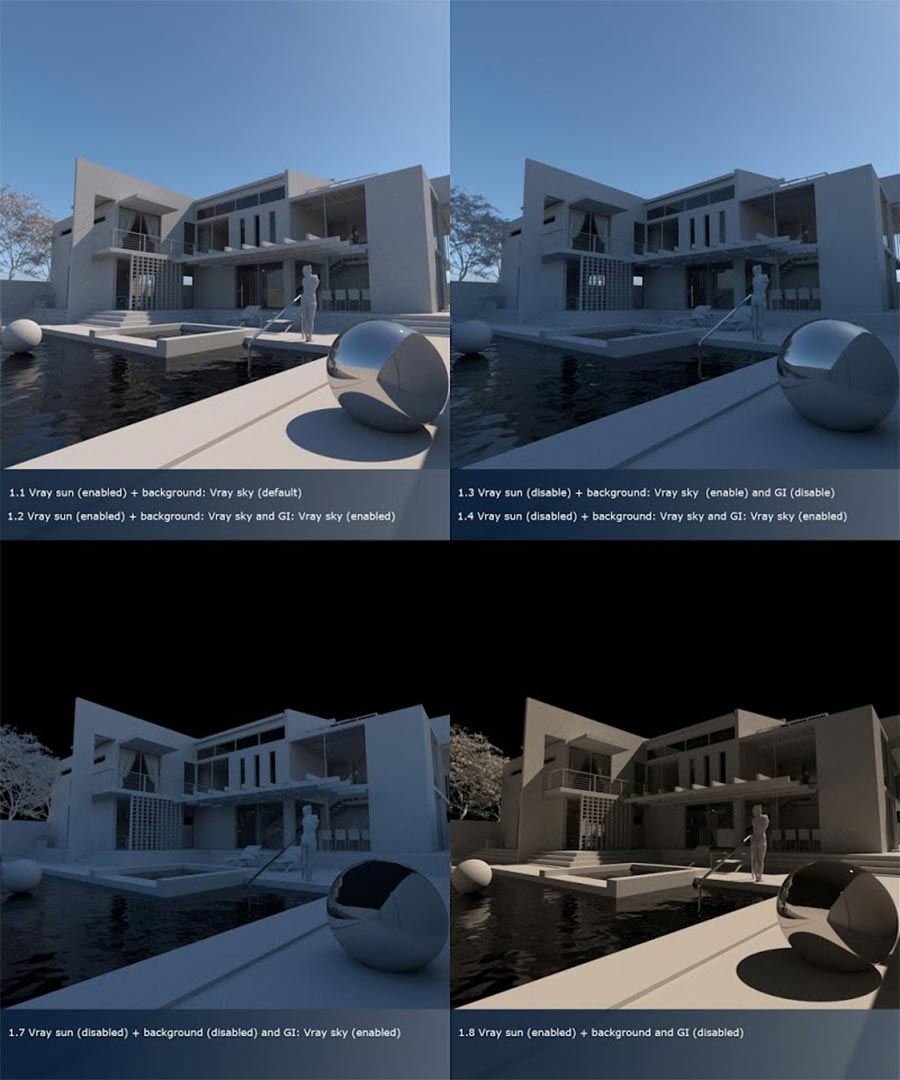

The custom settings will display Position, Rotation, and Size as well as UVW Offset, Rotation, & Repeat fields shown above (Note: the and icons can be used to expand or collapse display of the various input fields.

In the "Properties > Texture Mapping" panel, select "Custom" and set the Projection to "Box" as described above. However, you can (and usually should) override this behavior. By default, a V-Ray texture is applied by Rhino using the "Surface" mapping, so that it appears to have the same size it would have in the real world (so a 500x500 pixel image with a 96dpi resolution will be 5.2" square when applied to the model), regardless of the model dimensions. It is helpful to think of the texture image being some real-world size related to the rest of your model. If you need to scale the application of the texture, adjust the UVW Repeat values and/or the Size values (see below). Check that the "Texture Space" is singular (meaning that all the objects share the texture in the same way). Now, using the pop-up, set the "Projection" to "Box". Switch to "Texture Mapping" (pull-down at the top of the panel). To apply your texture in a uniform way, select all the surfaces that share the texture and then select the "Object Properties" display. This is almost always wrong, producing mis-aligned, mis-oriented, and variably-scaled applications of the texture (see below). The default behavior in Rhino is to treat each surface as a separate object, stretching and orienting the assigned texture to fit. The important settings here are the projection or mapping type ( more detail), the Texture Space (usually OK by default), and the UVW Repeats which control how many copies of the texture are applied, and thus control the scale (but see additional discussion below). This will help you avoid changing texture mappings inadvertently. It is recommended that you name your textures (Under "General") according to how they are used. If you need to access these properties, you almost certainly need to use the "Custom" options, as shown at right. These determine the way in which a texture is applied ("wrapped") onto the object. In addition to Object Properties and Material Properties, every unique object in Rhino has Texture Mapping Properties. TAPESTRY: The Art of Representation and Abstraction Rhino + V-Ray: Texture Mapping Controls


 0 kommentar(er)
0 kommentar(er)
